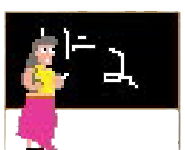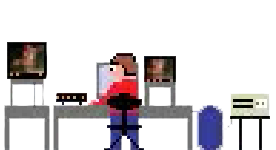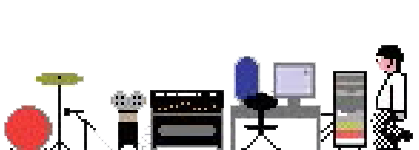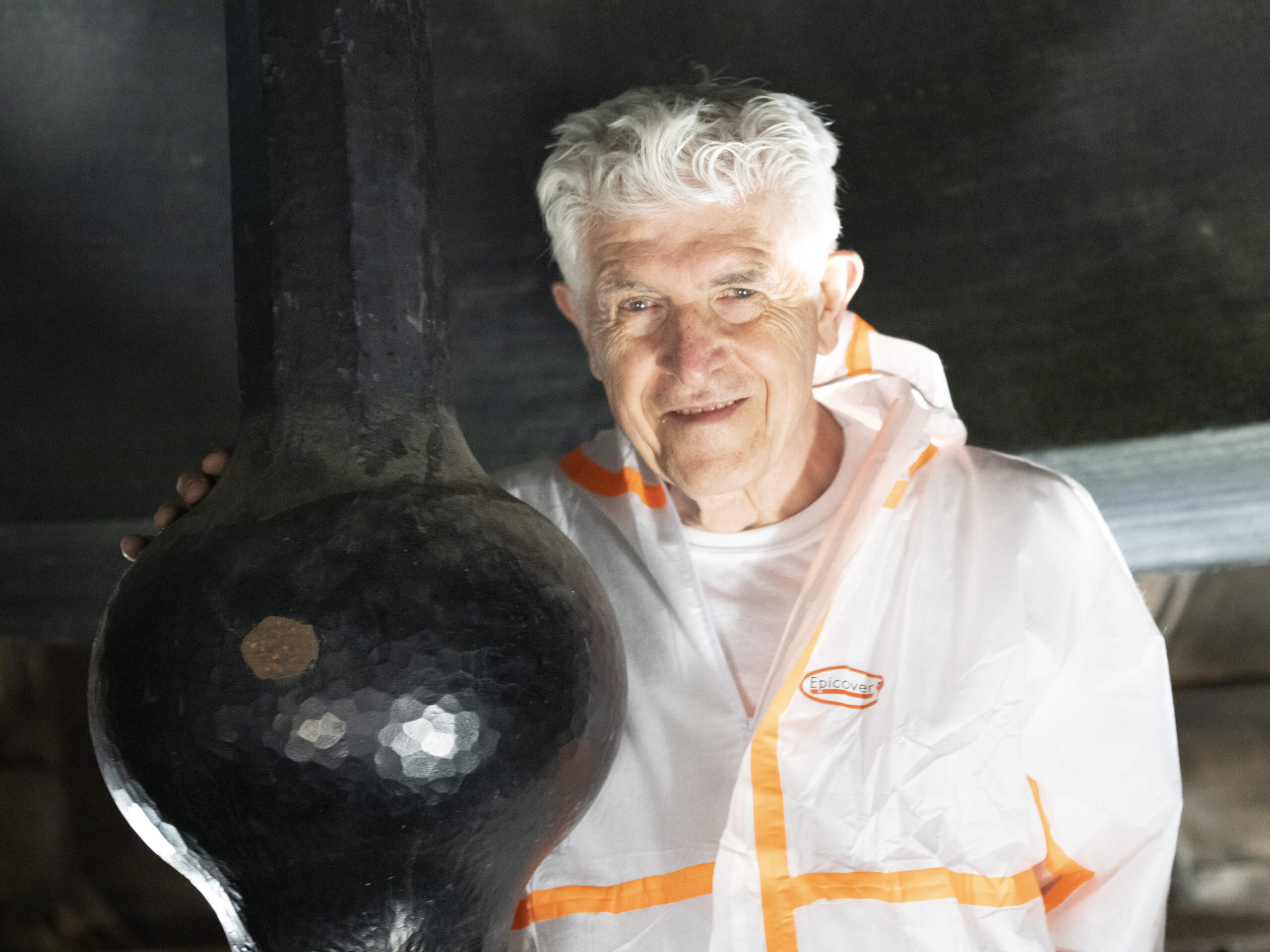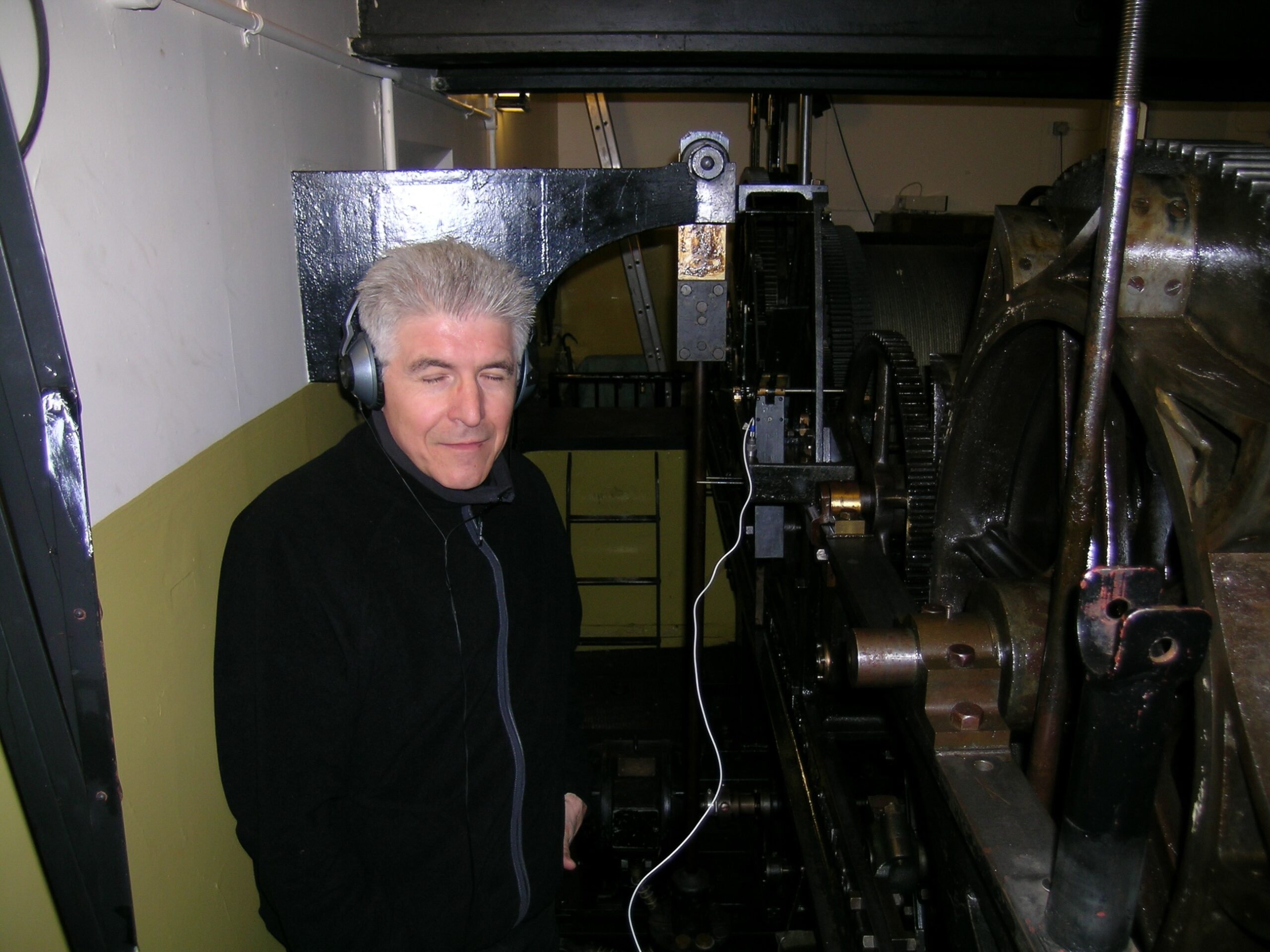Bill Fontana (b. 1947, United States) is an American composer and media
artist who has developed an international reputation for his pioneering experiments
in sound. Since the early 70s, Fontana has used sound as a sculptural medium to
interact with and transform our perceptions of visual and architectural spaces. He
has realized sound sculptures and radio projects for museums and broadcast
organizations around the world. His work has been exhibited at the Whitney Museum of
American Art; the San Francisco Museum of Modern Art; the Museum Ludwig, Cologne;
the Post Museum in Frankfurt; the Art History and Natural History Museums in Vienna;
the Tate Modern and Tate Britain, London; the 48th Venice Biennale; the National
Gallery of Victoria, Melbourne; the Art Gallery of New South Wales, Sydney; MAXXI,
Rome; and MAAT, Lisbon. He has done major radio sound art projects for the BBC, the
European Broadcast Union, the Australian Broadcasting Corporation, National Public
Radio, West German Radio (WDR), Swedish Radio, Radio France and the Austrian State
Radio. He is currently working on new commissions for the Kunsthaus Graz, the
International Renewable Energy Agency, and the 2018 Venice Architecture Biennale.
“I began my career as a composer. What really began to interest me was not so much
the music that I could write but the states of mind I would experience when I felt
musical enough to compose. In those moments, when I became musical, all the sounds
around me also became musical. I have worked for the past 50 years creating
installations that use sound as a sculptural medium to interact with and transform
our perceptions of visual and architectural settings. These have been installed in
public spaces and museums around the world including San Francisco, New York, Rome,
Paris, London, Chicago, Vienna, Berlin, Venice, Sydney, Tokyo, Barcelona, Linz,
Manchester, Istanbul and Abu Dhabi. My sound sculptures use the human and/or natural
environment as a living source of musical information. I am assuming that at any
given moment there will be something meaningful to hear and that music, in the sense
of coherent sound patterns, is a process that is going on constantly. My methodology
has been to create networks of simultaneous listening points that relay real time
acoustic data to a common listening zone (sculpture site). Since 1976 I have called
these works sound sculptures. I have produced a large number of works that explore
the idea of creating live listening networks. These all use a hybrid mix of
transmission technologies that connect multiple sound retrieval points to a central
reception point. What is significant in this process are the conceptual links
determining the relationships between the selected listening points and the
site-specific qualities of the reception point (sculpture site). Some conceptual
strategies have been acoustic memory, the total transformation of the visible
(retinal) by the invisible (sound), hearing as far as one can see, the relationship
of the speed of sound to the speed of light, and the deconstruction of our
perception of time. From the late nineties until the present my projects have
explored hybrid listening technologies of acoustic microphones, underwater sensors
(hydrophones) and structural/material sensors (accelerometers). Some of my most
recent works I call Acoustical Visions and are explorations of the image that a
sound makes and the sound that an image makes.”


